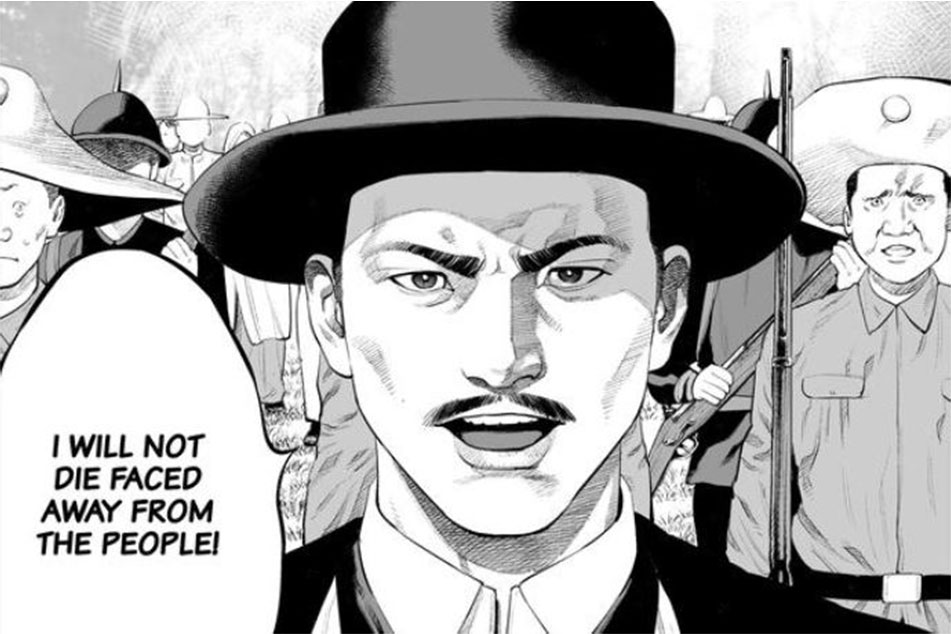Mang artist Ryo Konno on making Jose Rizal the manga:
Reference: https://www.facebook.com/rapplerdotcom
Workshop Class - Being a Global Citizen: is a content class, focusing on Philippine and Japanese Society and Culture. This class is taught in English, and as such, English is the language used in discussion, presentation and writing. Nanzan University Lecturer: Abigail B. CAPITIN-PRINCIPE
Week | TOPIC | ACTIVITY | NOTES | |
Week 1
|
Class Discussion: About the Philippines
|
Orientation, general introduction about the class.
| ||
Week 2
|
Festivals
|
Class discussion
| ||
Week 3
|
The Importance of festivals
Using Powerpoint |
Class discussion
|
Plan a presentation
| |
Week 4
|
Presentation
|
Read and understand the blog entry:
Matsuri: The best summer festivals in Japan for 2019
| ||
Week 5
|
Summer Festivals in Japan
Participating in international festivals. |
Discussion
Topic: Opinion festivals *35th Philippine International Festival in Nagoya at the Nagoya International Center May 26, 2019 (Sunday) |
Learn about the Nagoya International Center
http://www.nic-nagoya.or.jp/en/e/daily-living-guide/in-and-around-nagoya/event-information | |
Week 6
|
Handout about Festivals
Write a report | |||
Week 7
|
Best Cities in the Philippines
| Report Writing / Submission |
Handout for Best Cities in the Philippines
| |
Week 8
|
Talk about one city
|
Presentation
| ||
Week 9
| Current Events |
Watch internaional news cites about the Philippines
(English or Japanese) |
Choose an interesting news report about the Philippines.
| |
Week 10
|
Writing
| |||
Week 11
|
Topics for final presentation
The Life of Jose Rizal | Planning the class presentation: 4-part documentary Rizal's young life Rizal's experience in travelling around the world Rizal's life as a doctor Rizal as a national hero of the Phiippnes | How to make a documentary | |
Week 12
|
Planning/Research
Record the video: use an iPhone or iPad, edit with iMovie if needed | |||
Week 13
|
Prepare the documentary
|
Finalize documentary video, make sure everything is done.
|
Writing activity:
summary of documentary information | |
Week 14
|
Submit / Present final activity
|
Show video in class
| ||
Week 15
|
Consultation / Advice
|
 |
| From the manga https://www.manga.club/jose/ |